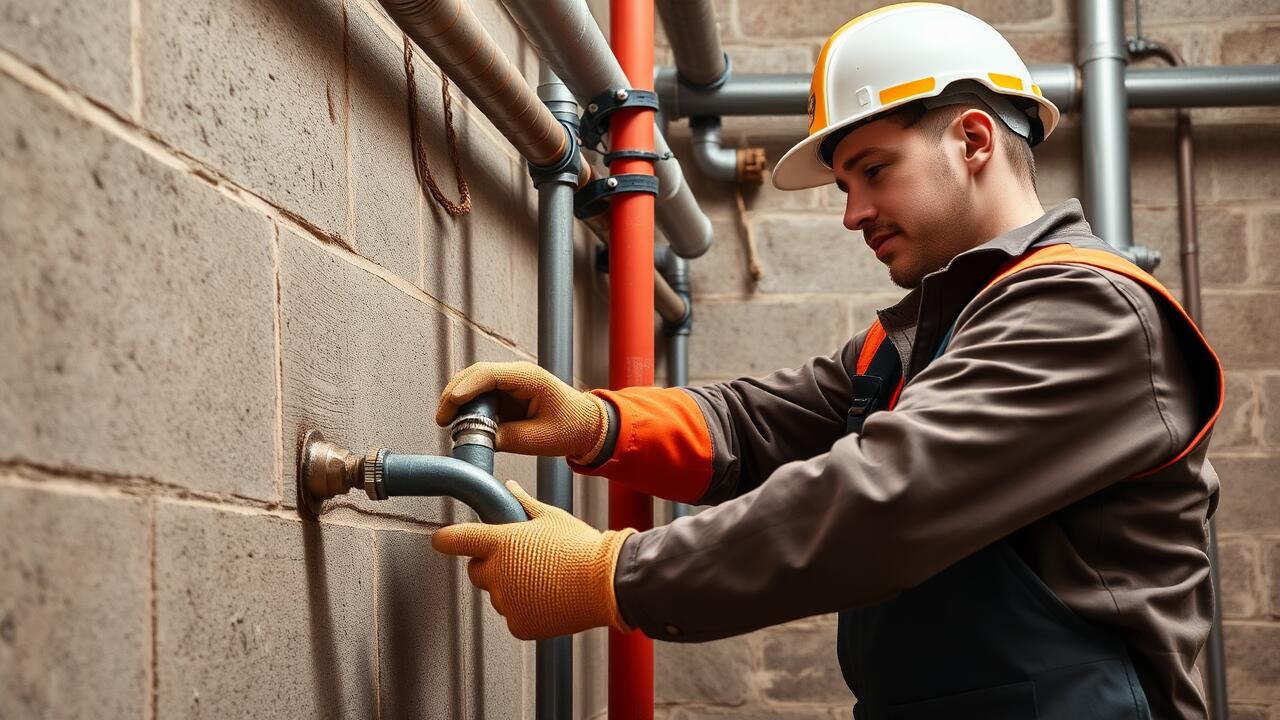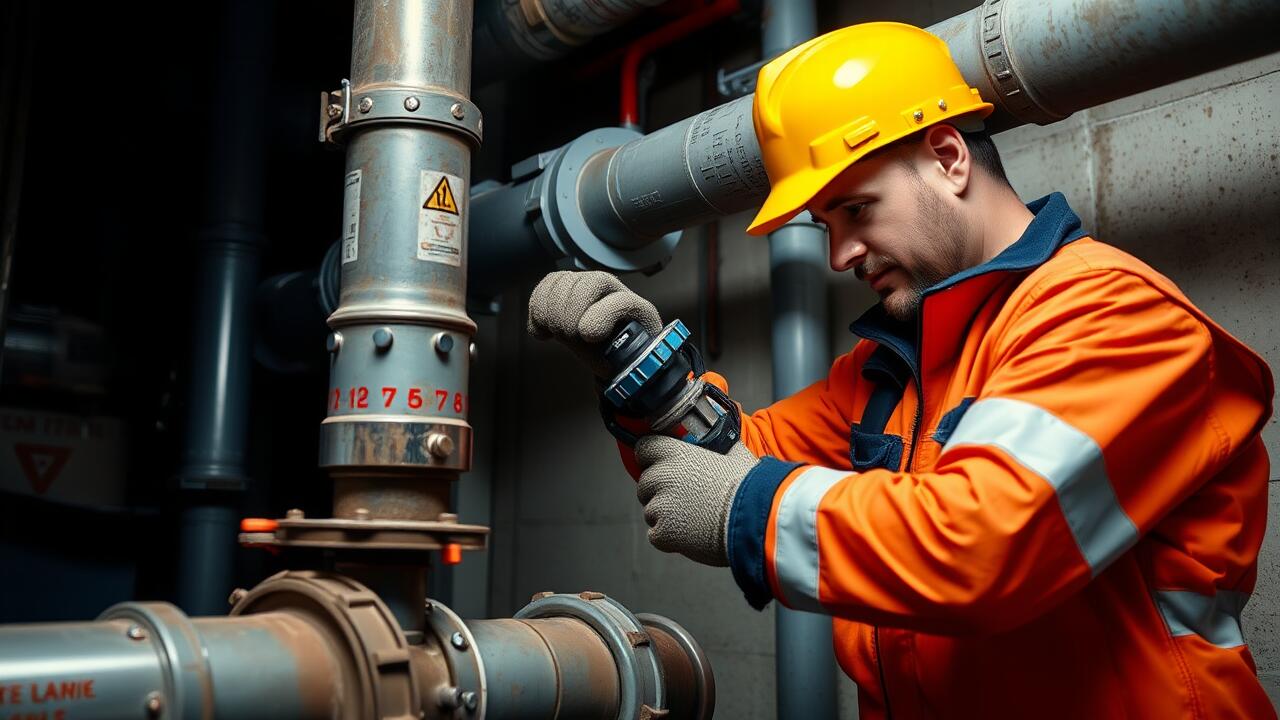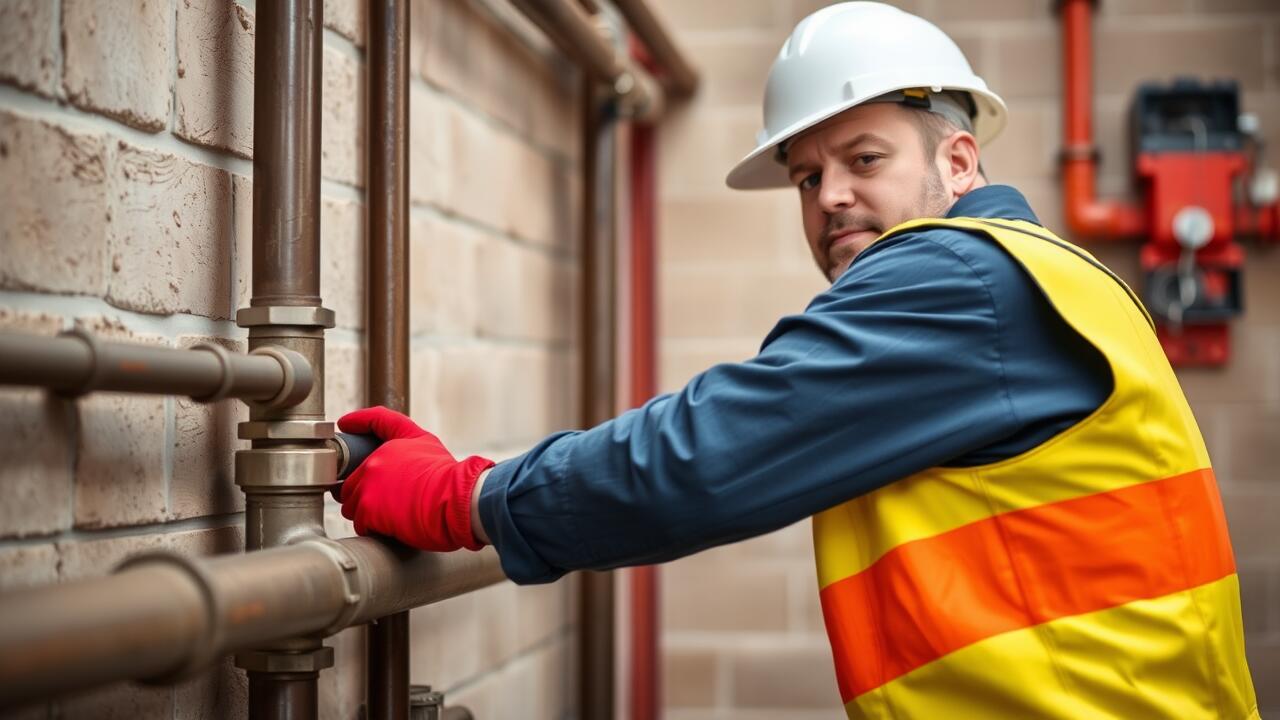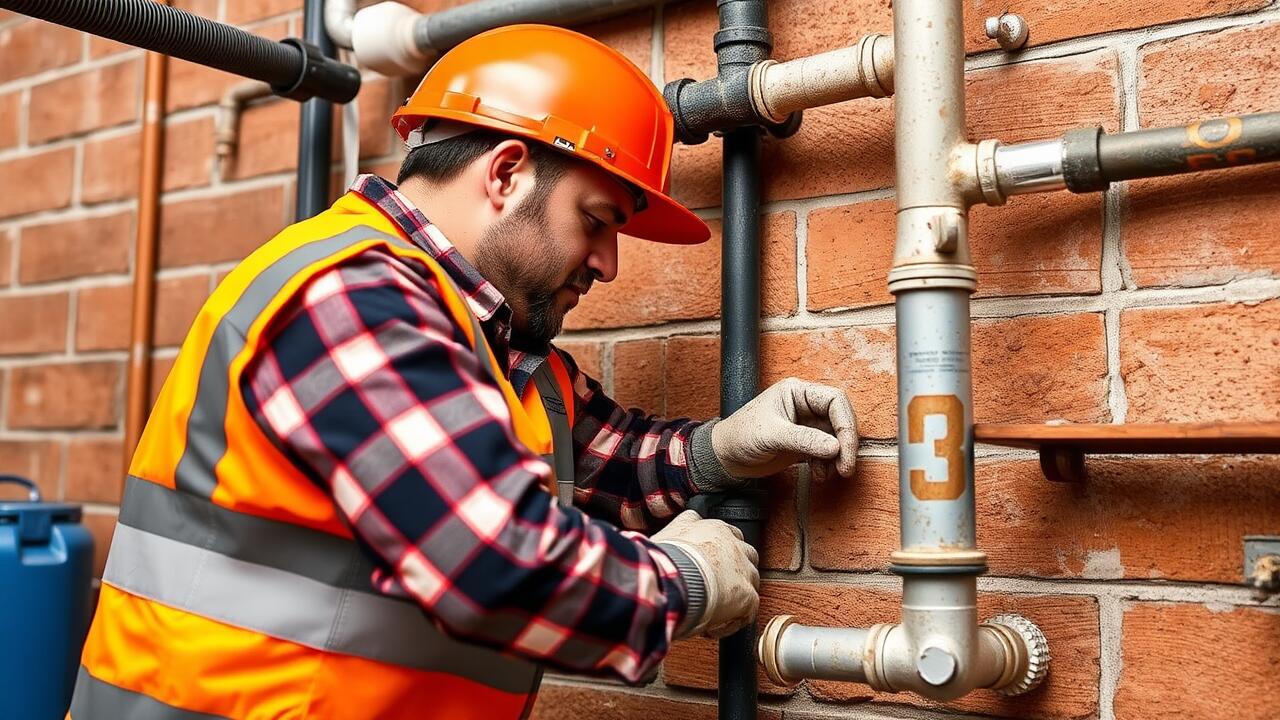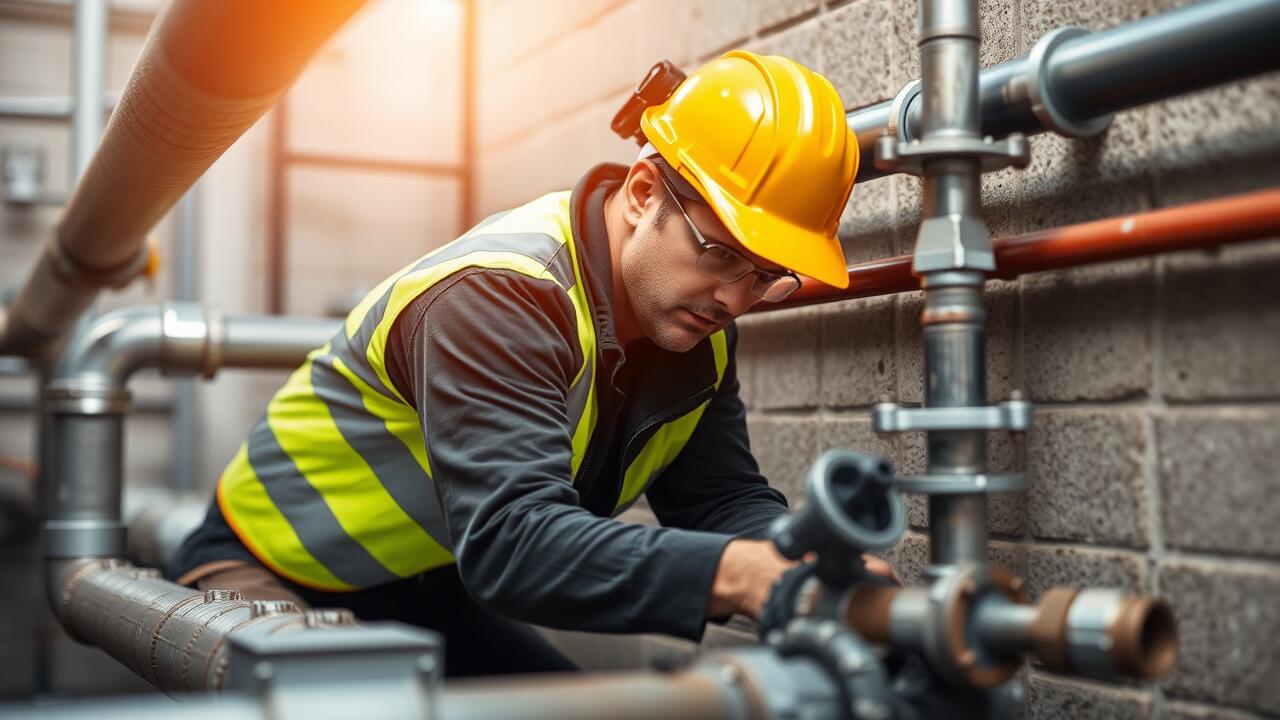
Challenges with Traditional Pipe Materials
Traditional pipe materials, such as metal and concrete, often face significant challenges in urban environments like downtown Los Angeles. Over time, factors like corrosion, sediment buildup, and weathering weaken these materials, leading to leaks and breaks. Aging infrastructure calls for urgent repairs, and the degradation of pipes can result in water loss and increased operational costs for municipalities. The need for reliable water delivery is critical for residents, making the performance of these materials a pressing issue.
In high-density areas like Pacoima, Los Angeles, pipe installation using traditional materials poses additional environmental concerns. The extraction and fabrication processes for these materials contribute to pollution and carbon emissions. Furthermore, the disruption caused by construction activity can damage surrounding ecosystems and hinder urban landscapes. As cities look to upgrade their infrastructure, the limitations of conventional pipe materials create a clear need for alternatives that can address both performance and ecological impact.
Environmental Issues Associated with Aging Infrastructure
Aging infrastructure in downtown Los Angeles presents significant environmental challenges, particularly regarding the extensive network of pipes buried beneath the city. Many of these pipes are made from traditional materials that are prone to leaks and corrosion. As they deteriorate over time, contaminants can find their way into the local water supply, compromising both the quality of the water and the health of surrounding ecosystems.
The situation is further complicated by recent climate events, which can exacerbate the vulnerabilities of older pipe systems. For instance, heavy rainstorms can lead to infiltration, overwhelming existing infrastructure and causing untreated water to enter natural waterways. In areas like Venice, Los Angeles, pipe installation must address these aging systems, not only to improve reliability but also to mitigate the environmental impact and protect community resources.
Innovations in Eco-Friendly Pipe Solutions
Recent advancements in eco-friendly pipe solutions reflect a growing awareness of environmental issues in urban infrastructure. One notable innovation is the use of recycled plastics and composite materials, which are sustainable alternatives to traditional metal and concrete pipes. These materials not only reduce reliance on virgin resources but also offer resistance to corrosion and reduced weight, facilitating easier installation. A significant example of this trend is the ongoing Venice, Los Angeles Pipe installation project, which aims to integrate sustainable materials while addressing urgent community needs.
In addition to recycled materials, the development of bioplastics presents exciting opportunities for urban waterways. Bioplastics are derived from renewable biological sources and can help mitigate some environmental impacts associated with traditional pipes. Their capability to biodegrade and return to the ecosystem reduces long-term waste concerns significantly. As cities like Los Angeles navigate upgrading their aging infrastructure, incorporating these innovative materials into projects like the Venice, Los Angeles pipe installation becomes crucial for fostering resilience and sustainability in urban environments.
Emerging Materials That Minimize Environmental Harm
The search for sustainable alternatives in urban infrastructure has led to the emergence of innovative pipe materials designed to reduce environmental harm. These materials often prioritize not only longevity but also energy efficiency and recyclability. For instance, bioplastics made from renewable resources have gained traction as lightweight options that minimize the carbon footprint during production and installation. In the context of Venice, Los Angeles pipe installation, these eco-friendly materials contribute to reducing the overall environmental impact of urban water systems.
Another noteworthy development involves the use of advanced composites that resist corrosion and chemical degradation. These composites can significantly extend the lifespan of pipes, reducing the frequency of replacements and the accompanying resource consumption. By implementing such materials in urban projects, cities like Los Angeles can better address the challenges posed by traditional, less sustainable pipe systems. This shift not only benefits the infrastructure but also aligns with broader ecological goals aimed at mitigating climate change and pollution.
Regulatory Standards Affecting Pipe Selection
Regulatory standards play a vital role in the selection of pipe materials used in urban environments like Los Angeles. Local guidelines ensure that the materials chosen meet safety, durability, and environmental criteria. In Venice, Los Angeles, pipe installation must comply with these regulations to prevent hazardous leaks while maintaining the integrity of water distribution systems. These standards evolve in response to emerging research and public demand for safer, more sustainable infrastructure.
The influence of regulatory frameworks extends beyond technical specifications; they also dictate stakeholders' responsibilities and liabilities. Compliance often necessitates careful consideration of the environmental impact associated with various materials. For instance, the push towards eco-friendly options in Venice, Los Angeles pipe installation reflects a broader trend within the industry. By adhering to updated standards, cities aim to minimize pollution and promote responsible resource management, ensuring that infrastructure advancements align with sustainable development goals.
How Policies Shape Material Choices in Urban Areas
Urban policies significantly influence the selection of materials used for infrastructure projects. Regulations regarding sustainability and environmental impact compel city planners to consider eco-friendly alternatives when replacing or upgrading aging systems. In recent years, municipalities like Venice, Los Angeles have adopted stricter guidelines prioritizing the use of materials that are less harmful to the environment. Such policies encourage the adoption of innovative solutions that can enhance resilience against climate change while promoting public health.
Moreover, the enforcement of these regulations often involves collaboration between public agencies and private sectors. Understanding how to balance cost-effectiveness with environmental considerations becomes crucial for successful implementation. The emphasis on technological advancements in materials science supports the development of pipelines that minimize pollution and improve overall durability. In Venice, Los Angeles pipe installation serves as a model for how dedicated policy frameworks can reshape urban landscapes while addressing pressing environmental concerns.
FAQS
What are the main environmental challenges associated with traditional pipe materials in Downtown LA?
Traditional pipe materials, such as cast iron and PVC, often contribute to environmental issues like water contamination, increased carbon emissions during production, and the disruption of local ecosystems during installation and maintenance.
How does aging infrastructure impact the environment in urban areas?
Aging infrastructure can lead to leaks and breaks in water distribution systems, resulting in water waste, contamination of groundwater sources, and increased energy consumption for water treatment and transportation.
What are some innovative eco-friendly pipe solutions available today?
Innovations include pipes made from recycled materials, bio-based plastics, and composite materials that are designed to be more durable and environmentally friendly, reducing the overall ecological footprint of water systems.
How do emerging materials minimize environmental harm when used for piping?
Emerging materials, like trenchless technologies and bioplastics, are designed to reduce disruption during installation, lower emissions during production, and improve the longevity and recyclability of the pipes, thus minimizing their environmental impact.
What regulatory standards influence the selection of pipe materials in urban areas like Downtown LA?
Regulatory standards, such as those set by the Environmental Protection Agency (EPA) and local government policies, dictate the safety, durability, and environmental compliance of pipe materials, prompting cities to adopt more sustainable options in their infrastructure projects.
